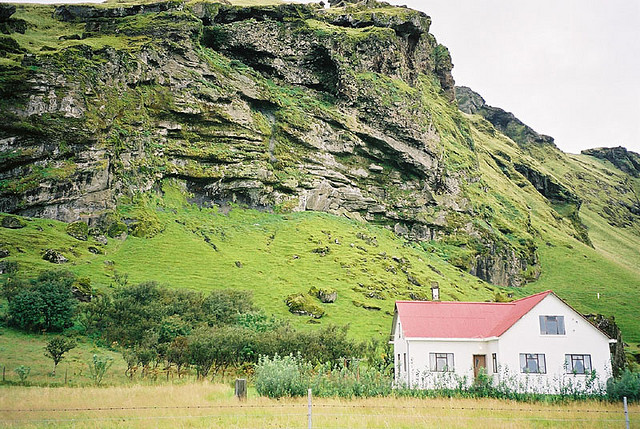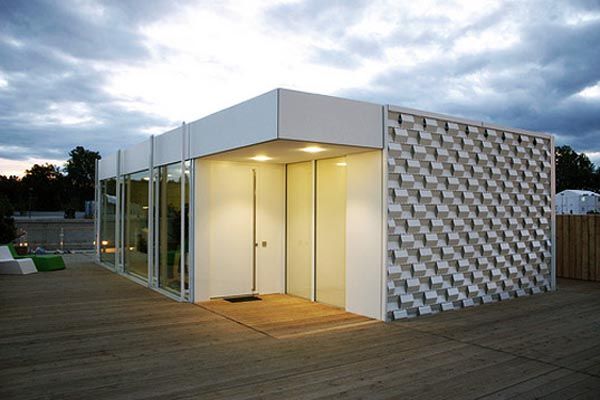Alright! You’re a homeowner! You spent months with your realtor trudging through dilapidated shacks and possible former meth-houses, but you finally found the house of your dreams and signed the papers. Yes, it cost a pretty penny, but it was worth it to be able to come home after a long day, relax on your patio with a cool beverage in hand, and contentedly go through the mail that was recently delivered to your very own mailbox.
Wait. What’s this? It seems that emptying your life savings into this place just wasn’t enough, because along with that nice note from your local congressman, you also find envelope after envelope of monthly bills. Water, electric, gas… all of these necessities have a tendency to pile up quickly, and in addition to your monthly mortgage payment, they can easily suck the joy of home ownership out of even the most optimistic mind. But for the resourceful, committed, and independent homeowner, there is another way.
It is possible to create a home that uses no city electricity, water, or gas. And while it may take some effort, the “bill-less house” is a reality that many architects from around the world have been perfecting. Of course, there are certain issues and limitations to consider when contemplating the self-sustaining home. When focusing on sustainability, one’s options can become limited. After all, the home must be tailored to fit it’s local environment, so the owner would be the one who would be forced to adapt.
On the plus side, a self-sustaining home would probably leave a much smaller carbon footprint than a traditional home. By utilizing local, renewable energy sources such as sunlight, hydroelectric, or geothermal power, the home in question wouldn’t be forced to rely on unclean energy sources such as coal-burning power plants. In fact, the German made IKAROS house uses a large solar system that actually generates substantially more power than the home consumes. Likewise, the truly self-sustaining house would break down its own waste (and the waste of its owner), recycling what it could and re-purposing what it could not. By simply reducing, reusing, and recycling, the self-sustaining home would be a major step towards environmental sustainability.
At the same time, a self-sustaining home would be less likely to be affected by natural disasters or civil emergencies. A home with a fresh water well wouldn’t need to stockpile water in case of a disruption in civil services. Nor would a power outage affect a solar powered home. It’s also common for owners to plant large gardens or keep animals, so that food is available without needing to regularly go to the grocery store. Some designers have even gone so far as to plan for floating “Ark” style, self contained biospheres that could produce their own food, water, and power while at the same time being impervious to floods, tidal waves, earthquakes, and alien invasion (probably).
However, for most people, self-sustainability is something that is probably done in degrees. Simple compost heaps are one way to move in that direction, and storing rainwater is easy to do and will cut down on your monthly bills. Small solar panels and gardens will also take some of the strain off. For other ways to conserve energy, there are various home automation solutions that can be used to more efficiently regulate lighting, climate, and even water use. There are many cities around the nation that are already adopting this approach. Home automation in Dallas TX, for example, has helped hundreds of individuals save energy and live more efficiently, especially in such a hot dessert climate.
Is the self-sustaining home a reality? You bet it is. But even if you find yourself paying a monthly water bill or buying tomatoes at the local market, there are things that you can do to move your not-yet-totally self-sustaining home in that direction. And who knows, maybe someday you’ll be able to check your mailbox without having a metric ton of bills spill out. Now, if you could only do something about the mortgage…
Kevin Devoto is an avid outdoor enthusiast and freelance writer. He enjoys writing about home sustainability, eco friendly behaviors and local travel. He has traveled all over the world but has taken a particular interest in our great National Parks.
Image via Mei Burgin

